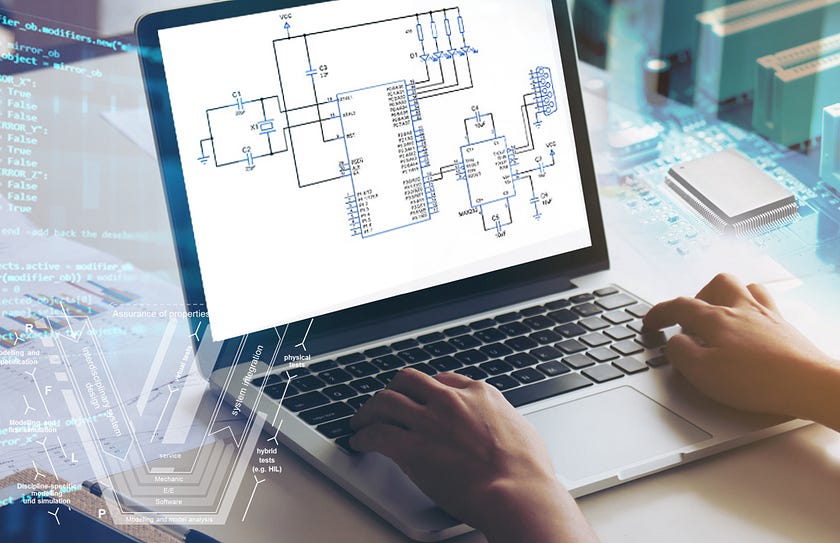A Technical Exploration of the Essence and Advantages of Model-Based Design in Embedded Systems Development
Model-Based Design (MBD) has emerged as a revolutionary paradigm in the domain of embedded systems development..By examining the fundamental principles, simulation capabilities, collaborative dynamics, and code generation aspects, this blog underscores the profound impact of MBD on streamlining development cycles, enhancing system efficiency, and redefining the traditional approach to embedded systems engineering.

Introduction:
Embedded systems development has been significantly transformed by the adoption of Model-Based Design (MBD).
Fundamental Principles of MBD:
At the core of MBD lies the shift from conventional code-centric development to visual model abstraction. High-level models representing system components, interactions, and algorithms provide engineers with an intuitive representation of system behavior. This visual abstraction expedites design comprehension and forms a comprehensive foundation for system development.
Simulation and Verification Capabilities:
A pivotal advantage of MBD is the simulation and validation framework it offers. Engineers can scrutinize system behavior under diverse conditions through simulation before code implementation. This virtual prototyping not only accelerates design iteration but also detects and rectifies design flaws in early development stages.
Enhancing Collaboration and Communication:
MBD nurtures cross-disciplinary collaboration by enabling engineers from various domains to contribute to the design process. Visual models serve as a common language that transcends technical barriers, fostering seamless communication and efficient design convergence among teams.
Code Generation and Deployment Efficiency:
Direct code generation from visual models expedites the transition from design to implementation. This automation mitigates manual translation errors and ensures consistency between design intent and final code. Consequently, the development-to-deployment timeline is streamlined, contributing to a shorter time-to-market.
Application and Industry Implications:
The impacts of MBD extend across various industries, from automotive systems to aerospace and medical devices. Its ability to expedite design iteration, enhance collaboration, and optimize deployment resonates with the demands of modern engineering endeavors.

Conclusion:
The era of Model Based Design in embedded systems development is marked by its capacity to redefine the traditional approach to engineering. By fusing visual abstraction, simulation prowess, collaborative dynamics, and direct code generation, MBD unlocks an array of advantages, yielding optimized system designs, efficient deployment, and shorter development cycles. As embedded systems continually evolve, MBD remains a pivotal framework, setting the stage for a future of innovation and engineering excellence.
Know More@ https://www.einfochips.com/blog/why-is-model-based-design-important-in-embedded-systems/

Comments
Post a Comment